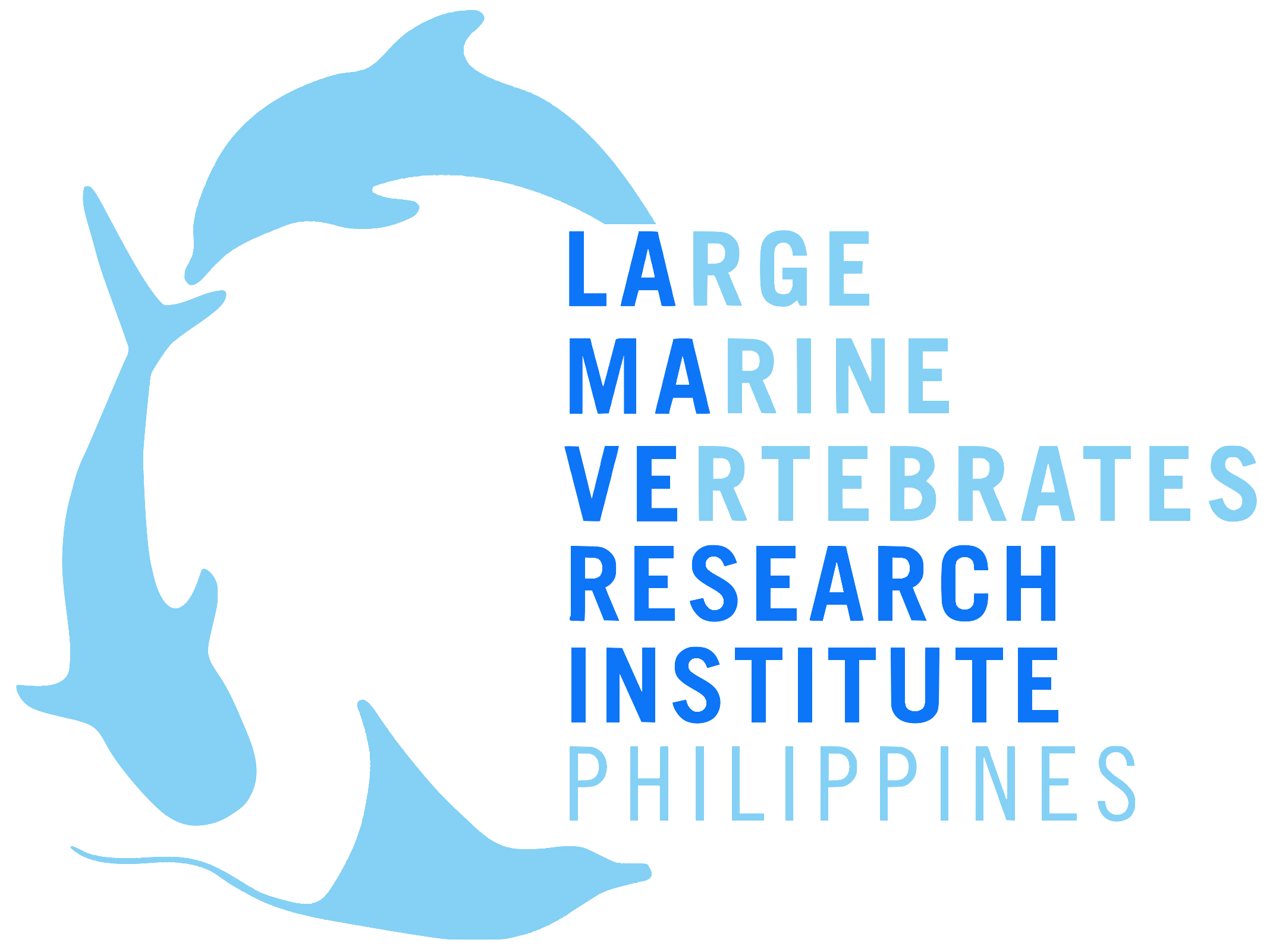NEWS
What do mantas eat? Our new paper reveals an insight into the food habits of mobulid rays.
October 2 2017, We are delighted to announce a second publication this week: Trophic overlap in mobulid rays: insights from stable isotope analysis.
Manta and devil rays are a group of closely related filter-feeders, which are threatened globally by bycatch and targeted fisheries. Their habitat use and feeding ecology are not well studied, and most efforts have focused on temporally limited stomach content analysis (See our last paper) or conclusions from tagging data.
You are what you eat, and this is what the team investigates in this paper. By studying samples taken from individual rays' muscles the team worked out what these animals had been eating during their lengthy movements. Specifically, they looked at stable isotopes of carbon and nitrogen, small 'bricks' that can be found in every organism and which originate at the base of the food chain. By analysing these small 'bricks' from the muscle of the mantas and devil rays it is possible to reconstruct or rebuild the type of prey they have been eating, and where this small 'brick' originated.
In this new study, we use stable isotope data from mobulids fisheries to examine the feeding ecology of five mobulid species landed at three sites in the Indo-Pacific: Philippines, Sri Lanka and Peru.
Overall our findings highlight challenges to bycatch mitigation measures for mobulid species and may explain the multi-species mobulid bycatch that occurs in a variety of fisheries around the world. Identifying the spatial and temporal patterns of mobulids’ primary zooplankton prey (for example euphausiids in the Philippines - a shrimplike, planktonic marine crustacean of an order that includes krill) could aid in predicting their occurrence and relative vulnerability to bycatch-prone fisheries.
This work was led by Josh Stewart in collaboration with Manta Trust, The Semmens Lab at Scripps Institute of Oceanpgraphy, Large Marine Vertebrate Research Institute Philippines, Planeta Oceano, Blue Resources Trust and the Marine Megafauna Foundation.
Collaboration and data/samples sharing is fundamental for the conservation of these amazing animals and LAMAVE are really proud of being part of this amazing group of Research Institutes and Conservation organisations.
Pictured is a reef manta encountered by our LAMAVE team in Tubbataha Reefs Natural Park




All LAMAVE team members are safe after #TyphoonOdette (Rai).
The team in Puerto Princesa City Palawan have just received access to communications through SMART (Wed 22 Dec)…